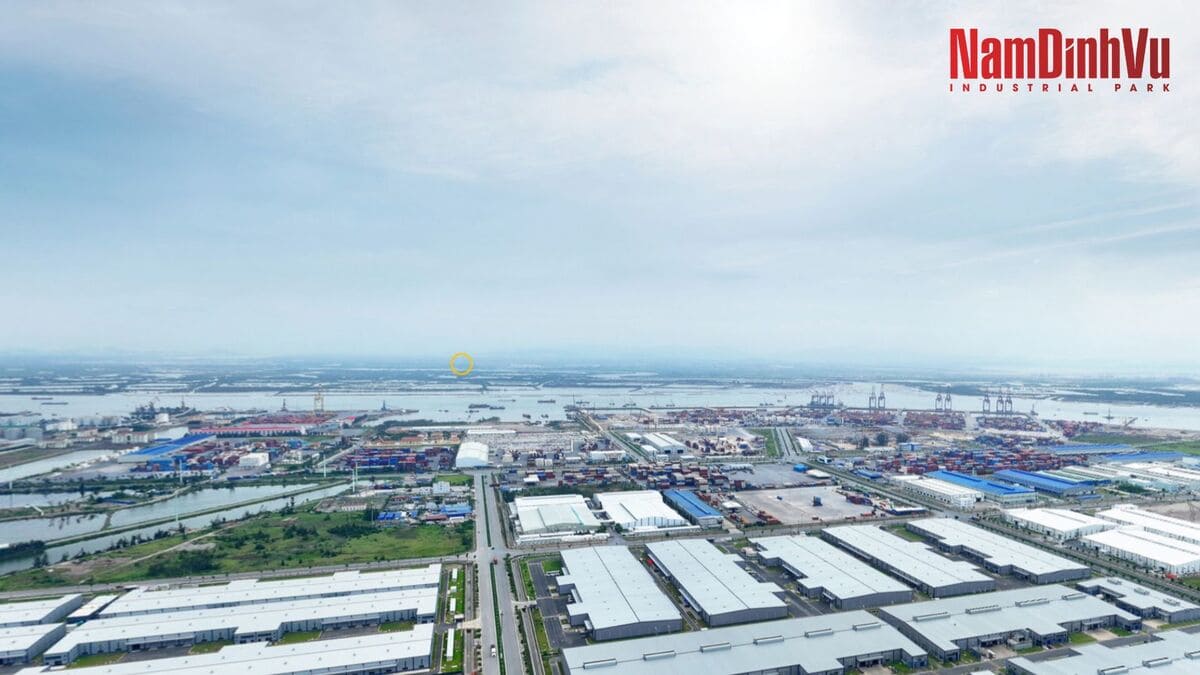Vietnam Industrial Real Estate
Vietnam’s industrial real estate sector is poised for significant growth in 2025, driven by robust foreign direct investment (FDI), infrastructure development, and strategic positioning within the global supply chain. Emerging industrial hubs like Hai Phong, Bac Ninh, and Long An are attracting major investors, solidifying Vietnam’s role in the “China+1” strategy.
Overview of Vietnam’s Industrial Real Estate Market
Vietnam’s industrial real estate market is experiencing steady growth. According to reports by Mordor Intelligence and Market Report Analytics, the market is projected to reach a value of USD 19.07 billion by 2025, with a compound annual growth rate (CAGR) of 15.42%. (1)
This upward trend is largely driven by increasing demand for industrial spaces, particularly in the manufacturing and logistics sectors. Overall, industrial real estate remains a promising segment that continues to attract attention from both domestic and international investors.
Key Trends in Vietnam’s Industrial Real Estate Market
Several notable trends are currently shaping Vietnam’s industrial real estate landscape.(2)
- Foreign Direct Investment (FDI): FDI continues to pour into the country, especially from companies looking to diversify their manufacturing operations. This ongoing influx is helping to drive demand for industrial properties nationwide.
- Infrastructure Development: Infrastructure development is also playing a key role. Major investments in transportation networks and utilities are improving connectivity and making industrial zones more attractive to investors and businesses alike.
- Emerging Industrial Hubs: Regions such as Hai Phong, Bac Ninh, and Long An are rapidly developing into key industrial centers, offering modern facilities and strategic locations for investors .
Challenges in Vietnam’s Industrial Real Estate Market
Vietnam’s industrial real estate sector, while promising, is not without its obstacles. Below are some of the key challenges that continue to shape the market landscape:(3)
- Limited Land Availability in Prime Locations: As industrial demand grows, especially in strategic areas near key infrastructure, the availability of suitable land becomes more constrained. This scarcity of land in well-connected zones presents a barrier to new industrial developments and may lead to increased land prices or delays in project
- Complex Regulatory and Permitting Processes: Investors and developers often encounter lengthy and complicated procedures when seeking permits or navigating regulatory requirements. These administrative hurdles can delay construction timelines, affect capital planning, and in some cases, dampen investor confidence.
While these challenges do not overshadow the overall potential of the market, they are important factors to consider for both local and foreign stakeholders entering the industrial real estate space.
Opportunities & Outlook for 2025 (2)
Vietnam’s industrial real estate sector is set for sustained growth, fueled by three key drivers: foreign direct investment (FDI), expanding manufacturing activities, and the booming e-commerce sector. These factors are boosting demand for warehouses, factories, and logistics infrastructure, especially in major cities like Ho Chi Minh City and Hanoi.

The country’s strategic position in the “China+1” strategy, along with participation in multiple trade agreements, continues to attract global manufacturers. Government-backed infrastructure upgrades—such as road, port, and utility improvements—further enhance the appeal of Vietnam’s industrial zones.
Despite challenges like land scarcity and rising costs, long-term prospects remain positive. Expansion of special economic zones, increased adoption of sustainable construction, and growing involvement from both local and international developers are expected to shape the next phase of market development.
In conclusion, Vietnam’s industrial real estate market is set for robust growth in 2025, offering lucrative opportunities for investors and developers. With strategic initiatives and emerging industrial hubs, the sector is well-positioned to capitalize on global supply chain shifts.
Source:
(1). Market Report Analytics
(2). Data Insights Market
(3). Vietnam Briefing
